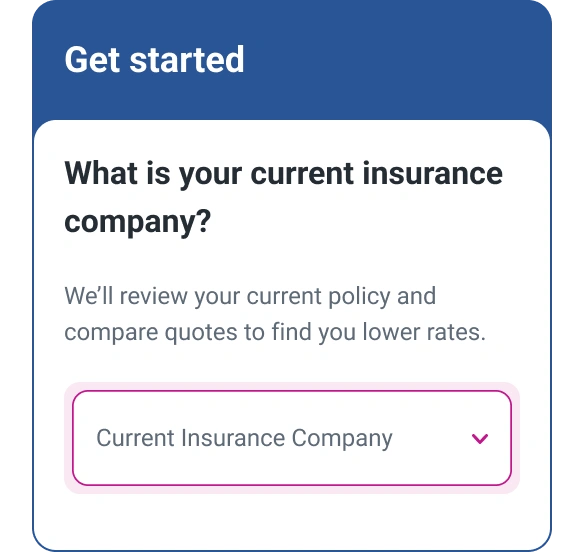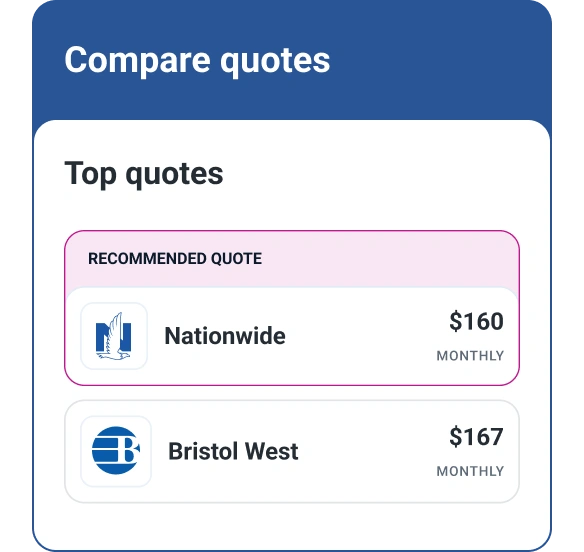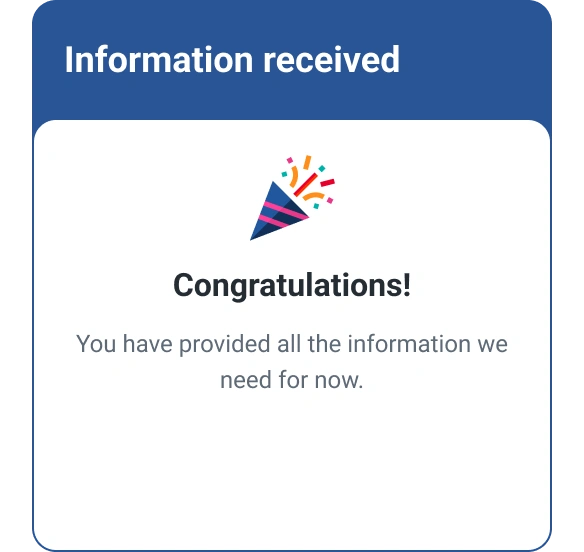6 Ways to Find the Most Affordable Insurance Online
Quick Answer
Obtaining quotes from several insurers, hunting for discounts and raising your deductible are three of the ways you can find the most affordable car insurance.

Considering that the average annual premium for car insurance can easily exceed $2,000, you might be hunting for ways to cut your insurance costs. You can find the most affordable auto insurance by following these six tips.
1. Compare Quotes With a Car Insurance Comparison Tool
One of the best ways to find the most affordable car insurance online is to use a utility like the Experian auto insurance comparison tool. One advantage of shopping online: Some auto insurers offer discounts to motorists who secure coverage on the internet rather than doing so over the phone or in person.
The Insurance Information Institute recommends obtaining quotes from at least three car insurance companies to compare rates, types of coverage and other aspects of a policy. When comparing coverage, make sure you're looking at policies that provide the same or comparable levels of coverage, types of coverage and for the same vehicle and drivers.
"Consumers who shop get better value for their insurance dollar than those who do not," says the New York State Department of Financial Services.
2. Bundle Multiple Insurance Policies
Some insurers reward customers with a discount when they bundle policies. This means buying at least two types of insurance, such as auto and homeowners, from the same company or insuring more than one vehicle with the same company.
The National Association of Insurance Commissioners notes, however, that insurance shoppers shouldn't compare coverage based solely on price. Price is an important factor, but it's important to find the right level of coverage from a company you're comfortable doing business with.
3. Look for Discounts
Auto insurers offer a variety of discounts, including ones for:
- Going accident-free for a certain period of time
- Going without traffic violations for a certain period of time
- Completing a defensive driving course
- Maintaining good grades (which, of course, applies to student drivers)
- Installing an anti-theft device
- Driving a car equipped with safety features like airbags
- Logging a less-than-average number of miles in a year's time
- Renewing coverage before your current policy expires
- Enrolling in a program that lets an insurer electronically monitor your driving habits and rewards you for good behind-the-wheel behavior
4. Review Coverage Limits
Nearly every state requires a minimum amount of auto liability coverage. In addition, lenders generally require a minimum amount of comprehensive and collision coverage if you borrowed money for your car purchase.
For instance, your state may mandate that you buy bodily injury liability coverage with a $25,000-per-person and $50,000-per-accident limit, and property liability coverage with a $10,000 limit. If your vehicle is financed, your lender likely will require a certain level of comprehensive and collision coverage limits to protect the value of the car that serves as collateral on the loan.
So, let's say your liability coverage exceeds your state's limits, and you've paid off your auto loan. In this situation, you may be able to reduce your liability coverage and drop your comprehensive and collision coverage. Before doing so, make sure your coverage level meets your state's requirements, and you'd have enough money on hand to cover incidents when comprehensive and collision would normally kick in.
5. Consider a Higher Deductible
A deductible is the amount of money deducted from a claim payout. So, let's say your current auto insurance deductible is $500. If you filed a claim, you'd have to cover $500 of the claim and the insurance company would subtract $500 from your payout.
A higher deductible typically results in a lower car insurance premium, so switching from a $500 to a $1,000 deductible might lower your bill. If you file a claim, however, you'd be responsible for more out-of-pocket costs.
Raising your deductible for comprehensive and collision coverage from $200 to $500 might drop your premium by 15% to 30%, according to the Insurance Information Institute. Bumping up the deductible to $1,000 may slash your premium by 40% or more.
6. Pay Your Premium All at Once
At some insurance companies, paying your car insurance premium all at once rather than in monthly installments can lead to a discount.
One drawback, though, is that paying your six-month or 12-month premium upfront might strain your budget, while sticking with installment payments might be kinder to your bank account.
Revving Up Your Car Insurance Savings
When you're shopping for car insurance, one of the smartest things you can do is compare quotes—ideally online—from several insurers. Judge them on rates as well as factors like types of coverage and customer service. You also can score savings in a number of other ways, such as searching for policy discounts and considering a higher deductible.
Don’t overpay for auto insurance
If you’re looking for ways to cut back on monthly costs, it could be a good idea to see if you can save on your auto insurance.
Find savingsAbout the author
John Egan is a freelance writer, editor and content marketing strategist in Austin, Texas. His work has been published by outlets such as CreditCards.com, Bankrate, Credit Karma, LendingTree, PolicyGenius, HuffPost, National Real Estate Investor and Urban Land.
Read more from John

